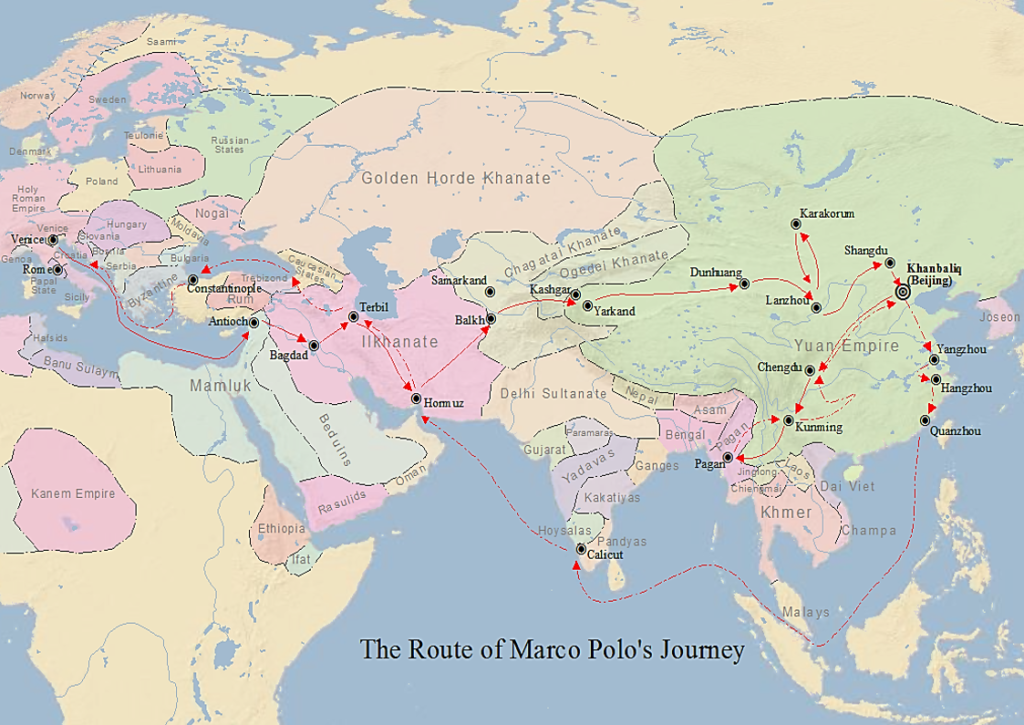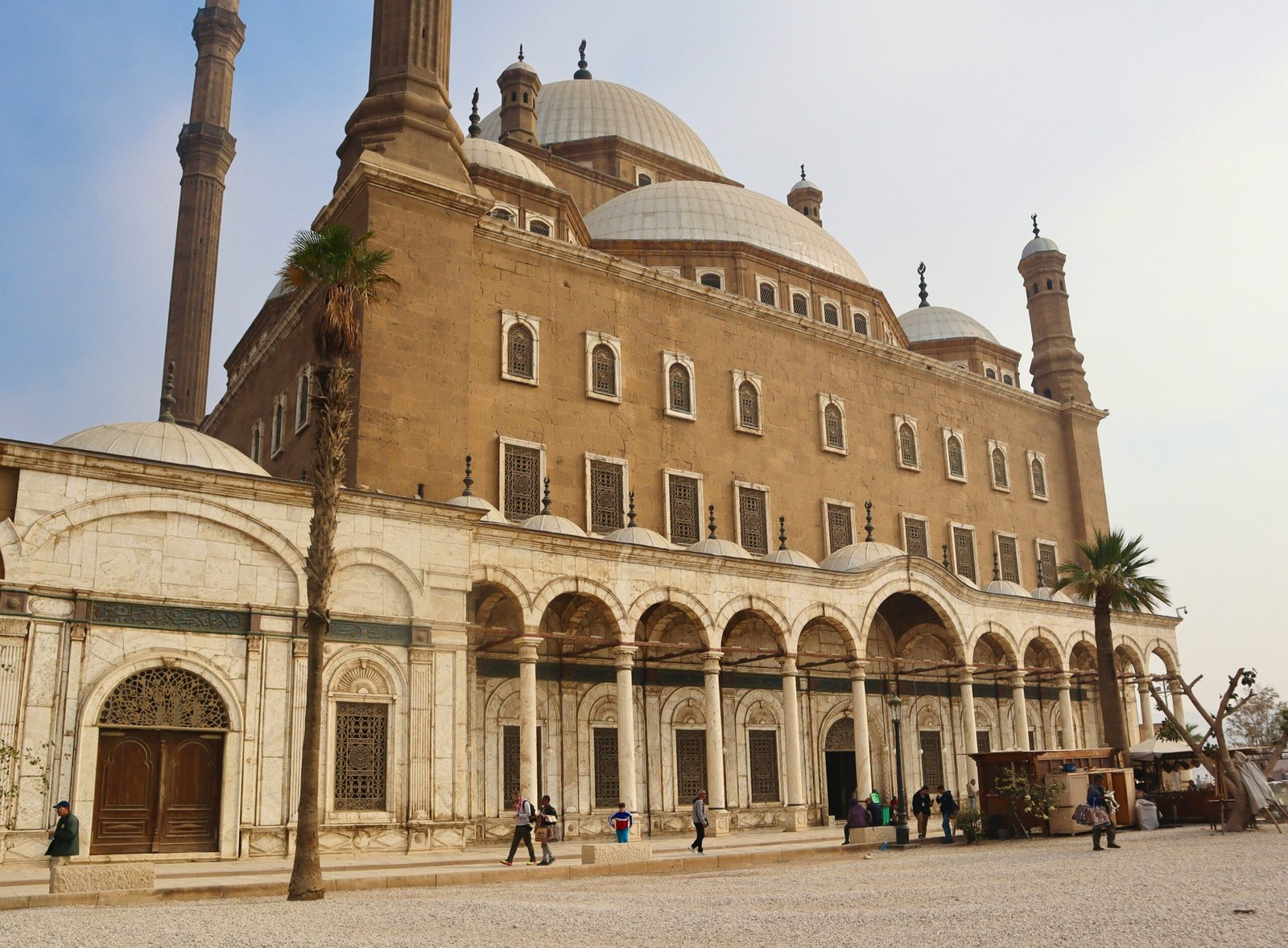Marco Polo: The merchant and explorer who uncovered the mysteries of the East
Marco Polo is known as one of the most famous explorers of the 13th century. Marco Polo, the son of a Venetian merchant family, has come to history with his trips to unknown lands in Asia. His adventures are described in detail in his book “Marco Polo’s Journeys”, and this book is one of the first to provide the Western world with extensive knowledge of Asia. Let’s take a look at the life, travels and influences of Marco Polo in detail.
♪ Youth and family ♪
Marco Polo was born in Venice in 1254. His father, Niccolò Polo, and his uncle, Maffeo Polo, were renowned merchants and traders in the Byzantine Empire. Marco doesn’t know much about his youth, but he’s sure he grew up in an indigenous family with trade. His father and uncle made the first major trips to Asia in Marco’s childhood and reached the palace of Kubilay Han (the ruler of the Mongolian Empire).

The Great Asian Journey
In 1269 Niccolò and Maffeo Polo decided to return to Asia at the invitation of Kubilay Han, and this time they took Marco with them. This journey began in 1271 and marked a turning point in Marco Polo’s life. After leaving Venice, the Polo family made their way to Asia by road across the Middle East. They traveled through Iran, Afghanistan, and the Pamir Mountains to China, and in 1275 reached Hanbalik (now Beijing), the capital of Kubilay Han.
In Kubilay Han’s Palace
Kubilay Han welcomed his Polo family with great warmth. Han was impressed by the Polo family’s commercial and diplomatic abilities and used them for important duties in his palace. Marco Polo served Kubilay Han for about 17 years. During this time, he had the opportunity to tour the vast territory of China and the Mongolian Empire. Marco gained extensive knowledge of China’s governance systems, culture, trade routes, and daily life.

Observations in China and Asia
Marco Polo’s observations in China were very valuable to the Western world. He detailed China’s advanced cities, agricultural techniques, the use of paper money, the postal system, and many other innovations. Marco was also one of the first Westerners to mention the presence of Japan (Cipangu). His narratives aroused great curiosity in the Western world and increased the interest of later explorers in Asia.
# # The Return Journey
In 1292, the Polo family decided to return to Venice with the permission of Kubilay Han. Return trips were made by sea and passed through Iran. When they returned to Venice in 1295, they found their cities at war with the Genevians. Shortly thereafter, Marco Polo was taken prisoner by the Genevians and imprisoned.
Marco Polo’s Book of Travel
During his time in prison, Marco Polo met a writer named Rustichello da Pisa. Rustichello recorded Marco’s adventures in Asia and became known as “Il Milione” (The Travels of Marco Polo). The book described in detail everything that Marco Polo saw and experienced. It was of great interest in Europe and contributed greatly to the geography and discovery of the period.

Effects and Heritage
Marco Polo’s travels greatly increased interest and interest in Asia in the Western world. His narratives were an inspiration for Christopher Columbus and other explorers in the 15th century. Columbus had taken the book of Marco Polo with him on his journey to discover the New Earth. In addition, Marco Polo’s travels contributed to the development of trade routes between Asia and Europe and accelerated cultural interactions.
During his years in Asia, Marco Polo observed many different cultures, religions and lifestyles. These experiences expanded his narrow perspective on the Western world and helped increase understanding between different cultures. Marco Polo’s book played an important role in the beginning of the era of geographical exploration and contributed to the more accurate drawing of world maps.
♪ Disputes and Doubts ♪

Marco Polo’s narratives were occasionally met with suspicion, and some details were allegedly exaggerated. For example, it has been questioned by some historians that there is no mention of an important structure such as the Chinese Wall. However, Marco Polo’s detailed and comprehensive narratives are generally credible.
Last Years and Death
After his return to Venice, Marco Polo continued his business and managed his family’s business. He died in Venice in 1324. Prior to his death, he argued for the correctness of his travels and stated that his adventures were real. His tomb is in the San Lorenzo Church in Venice.



